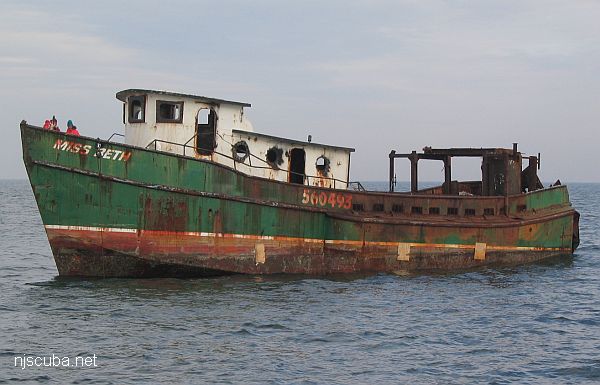
- Type:
- artificial reef, trawler, USA
- Built:
- 1974, Andy International, Brownsville TX, USA as Southport II
- Specs:
- ( 80 x 20 ft ) 146 gross tons
- Sunk:
- Tuesday January 29, 2008 - Cape May Artificial Reef
- GPS:
- 38°53.237' -74°40.545'
More: Miss Beth ...
The pink and white areas are shipping lanes. 'Natural' shipwrecks are depicted with a wreck symbol.
More: Artificial Reefs ...

More: Miss Beth ...

More: Miss Doxsee ...
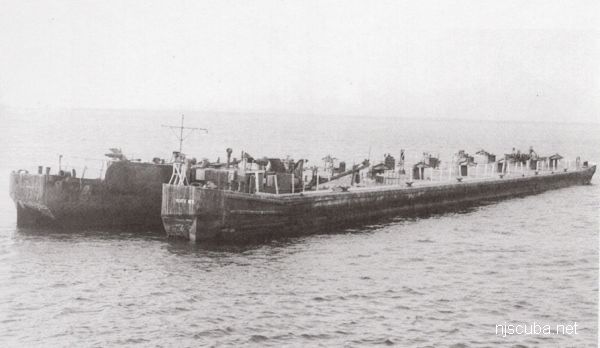
More: Molasses barge ...

More: Morania 180 ...
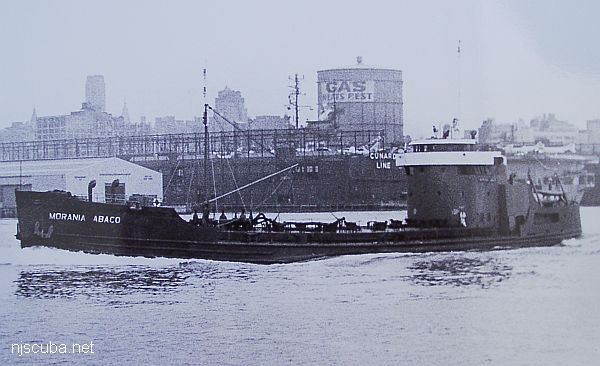
More: Morania Abaco ...
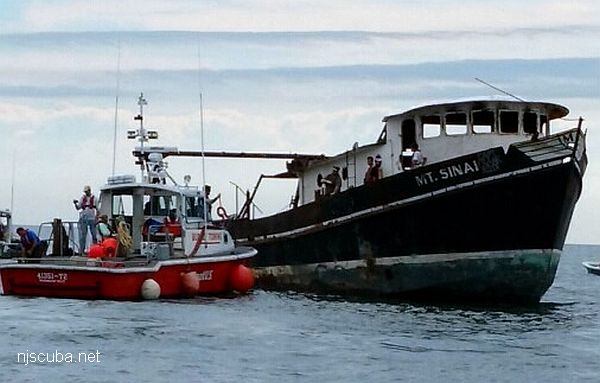
More: Mount Sinai ...
More: Mr G / Rusty Pusher ...
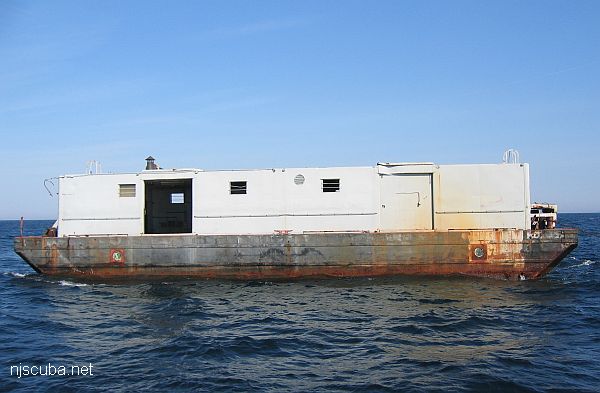
More: MRMTC 8 ...
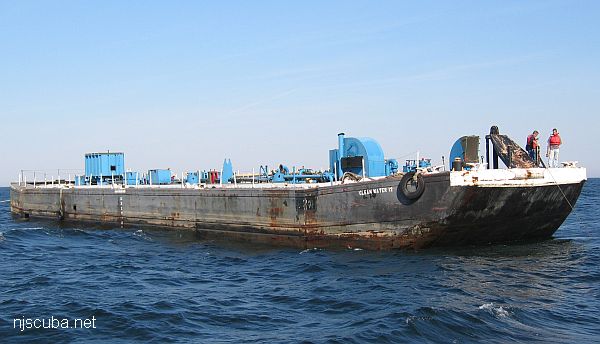
More: MRMTC 9 ...
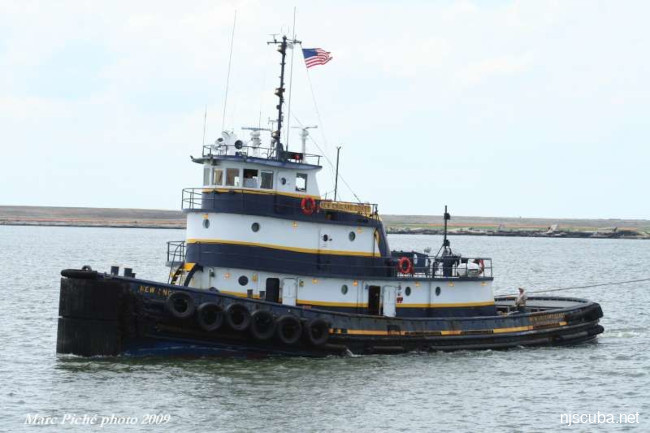
More: New England Coast ...